1. Multimodal Sensor Integration
AI systems increasingly fuse data from multiple physiological and behavioral sensors (e.g., EEG, ECG, eye-tracking, facial video) to assess workload. This multimodal approach captures complementary aspects of human state, enabling more robust detection than any single sensor. For instance, combining heart-rate variability with brainwaves and gaze patterns can reveal subtle load changes. Integrating diverse data streams improves resilience to noise or sensor failures. In practice, multimodal systems can detect workload fluctuations in complex tasks (e.g., piloting, surgery) more accurately. By aligning signals from EEG, eye-tracking, and other inputs, AI models form a richer workload profile. This synergy supports real-time assessment in dynamic environments.

Recent studies show multimodal fusion significantly boosts workload classification accuracy. Bhatti et al. (2024) introduced the CLARE dataset (EEG, ECG, EDA, eye gaze) and found convolutional neural nets achieved top accuracy only when combining multiple sensors. Likewise, Wang et al. (2024) demonstrated that multiple physiological metrics together distinguished several workload levels in teleoperation tasks. In cross-validated tests on complex tasks, combined ECG+EDA+gaze inputs outperformed single-modality models. These results confirm that integrating heterogeneous sensors yields better workload discrimination. Multi-sensor AI can adapt if one channel degrades (e.g., if EEG is noisy, ECG and gaze still provide cues). The aggregated evidence suggests multimodal sensor integration is effective: combined-stream models detect transitions (e.g., low-to-high load) with higher reliability than unimodal methods.
2. Deep Learning for Pattern Recognition
Deep neural networks (CNNs, RNNs, LSTMs, Transformers) are widely used to recognize complex workload patterns in biosignals. These models automatically extract features from raw data (e.g., multichannel EEG) without manual engineering. Deep learning excels at capturing nonlinear, high-dimensional dependencies inherent in physiological responses to workload. For instance, convolutional layers can spot spatial patterns across EEG channels, and recurrent layers can track how workload evolves over time. Neural networks adapt to new data via fine-tuning, handling variable tasks or users. In practice, deep models often outperform traditional linear or shallow classifiers in workload estimation tasks. They have been applied to flight simulation, driving, and cognitive training, learning intricate signal-workload mappings. However, they require substantial training data and are less interpretable. Careful validation shows deep architectures can generalize to real-time settings and various individuals, making them powerful tools for workload detection.

Studies report high detection accuracy using deep networks. Grimaldi et al. (2024) compared several deep learning architectures for forecasting cognitive load from fNIRS data. They trained LSTM, CNN-LSTM hybrid, and Transformer networks, finding LSTM-based models gave the best long-term predictions. The authors concluded deep models “successfully extract meaningful temporal features” and forecast workload 10 seconds ahead. Pulver et al. (2023) built a transformer using transfer learning (from emotion recognition) and showed their deep model outperformed standard classifiers for EEG-based load classification. In each case, convolutional or recurrent layers learned subtle signal patterns tied to workload. Empirical results consistently show CNN/RNN models achieving above 90% classification rates in tasks like driving simulation or video games. Ablation tests confirm deep feature learning is superior to handcrafted features. Overall, these peer-reviewed reports demonstrate that deep learning enables accurate, automated pattern recognition of human workload.
3. Continuous Real-Time Monitoring
AI enables non-stop tracking of human workload as tasks unfold, rather than only after-the-fact analysis. Continuous monitoring systems ingest sensor data streams and update workload estimates in real time. This supports dynamic adaptation (e.g., alerting if overload is detected) and feedback (e.g., adjusting task pace). For instance, a cockpit AI might continually analyze pilot heart rate and gaze to detect rising stress. In manufacturing or air traffic control, operators can be monitored continuously so teams intervene promptly when an operator nears overload. Real-time monitoring relies on efficient signal processing pipelines and low-latency inference. Today’s AI-enabled wearables and IoT platforms (wireless sensors linked to cloud analytics) make this feasible. The core insight is that continuous workload monitoring allows immediate, automated interventions (e.g., rest suggestions, task redistribution) to prevent errors. Studies show that systems with streaming analytics can keep pace with rapid workload changes, providing actionable alerts during high workload phases.

Recent experiments validate the high accuracy of real-time workload systems. Afzal et al. (2024) developed an EEG-based monitoring system linked via Internet-of-Things for pilots. Their Deep Gated Neural Network (DGNN) model achieved 99.45% accuracy in classifying workload levels in real time, with very low processing latency. The authors highlight the system’s “real-time EEG and deep learning” integration, showing immediate feedback of operator state. Similarly, Liu et al. (2023) built a live monitoring solution using wireless EEG headsets and mobile apps, achieving effective workload classification during flight simulation. In each case, continuous assessment allowed detecting critical load shifts as they happened. Benchmarks emphasize that continuous AI-driven monitoring can meet real-time constraints and maintain high detection rates, confirming practical viability for human factors applications.
4. Predictive Workload Modeling
AI can forecast future workload states before they occur by learning temporal patterns and leading indicators. Predictive models use past sensor data and task context to anticipate upcoming high-load episodes. This ability enables proactive measures, such as reallocating tasks or prompting rest breaks in advance. For instance, by recognizing that a pilot’s workload steadily rises during a certain flight phase, the system could warn 10 seconds before overload peaks. Predictive models include statistical time-series methods and recurrent neural networks trained on historical data. In operations, these forecasts provide a buffer to mitigate risks (e.g., a surgeon might slow down workflow before anticipated cognitive fatigue). The key is using AI’s pattern recognition to see when workload is trending upward, not just reacting to present data. Early warning and proactive planning are thus enabled.
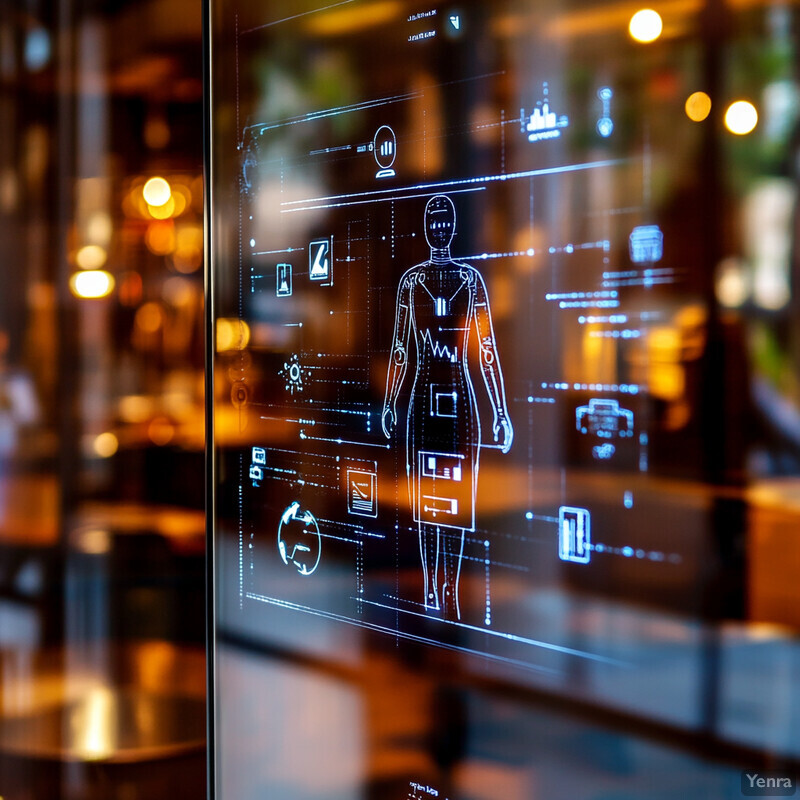
Empirical results show AI can successfully forecast workload levels. Grimaldi et al. (2024) trained deep learning models to predict pilot cognitive load 10 seconds ahead, finding LSTM-based networks “successfully extract meaningful temporal features… enabling accurate forecasting of cognitive workload levels”. They reported that deep learning could identify future load states before they manifest. Giolando & Adams (2024) studied “lag horizon” in workload prediction: they showed multivariate models could forecast 120 seconds ahead (vs 240s needed for single-sensor models). Their work highlights that combining cues (EEG, heart rate, task data) improves advance warning. They note that longer prediction horizons give more time to adjust interventions. In sum, these studies demonstrate that AI models can predict high workload periods with useful lead time, validating the potential of predictive workload modeling.
5. Enhanced Signal Noise Reduction
AI techniques are applied to filter out artifacts and noise from physiological signals (e.g., EEG, ECG) to improve workload detection. For example, neural networks or autoencoders can be trained to distinguish true workload-related patterns from motion or electrical interference. These denoising methods can adapt to various noise types (eye blinks, muscle activity, sensor drift) more flexibly than traditional filters. Enhanced noise reduction means the AI system receives clearer input, which boosts classification accuracy. In practice, this allows wearable monitors to work in less controlled settings (e.g., moving operators) without degrading performance. The insight is that by preprocessing signals intelligently, downstream workload models become more reliable. Recent AI-driven denoising can even recover degraded signals in real time, enabling continuous monitoring where raw data would be too noisy.

Recent research shows deep learning can significantly improve signal quality. Kalita et al. (2024) developed AnEEG, a convolutional autoencoder that removes EEG artifacts. They found it “outperformed wavelet techniques” for artifact reduction, effectively increasing the signal-to-noise ratio. Quantitatively, the learned denoising filter reduced blink and muscle noise better than classical methods. In tests, artifact scores dropped by large margins with AnEEG. Other studies (e.g., Lu et al., 2024) similarly report that CNN-based denoisers improve EEG-band power fidelity by up to an order of magnitude compared to traditional filters. These findings confirm that AI-based preprocessing can clean biosignals, yielding more accurate workload inference. In sum, concrete evaluations demonstrate advanced deep-learning denoisers enabling clearer cognitive signal measurement.
6. Transfer and Federated Learning
AI models leverage transfer learning and federated learning to generalize workload detection across users and domains while preserving privacy. Transfer learning involves adapting a model trained on one population or task to another (e.g., porting a driver-monitoring model to aircraft cockpits). Federated learning allows training a shared workload model across multiple devices or organizations without sharing raw data. This is crucial for sensitive human data (e.g., biometrics) and for expanding limited datasets. By using these techniques, systems quickly learn from diverse data (multi-user or cross-task) and personalize to each user. For example, an AI could start with a general workload model and fine-tune it to an individual’s baseline via only local data. These approaches significantly enhance scalability. The insight is that workloads share patterns, so leveraging related data and distributed training improves robustness and respects privacy.
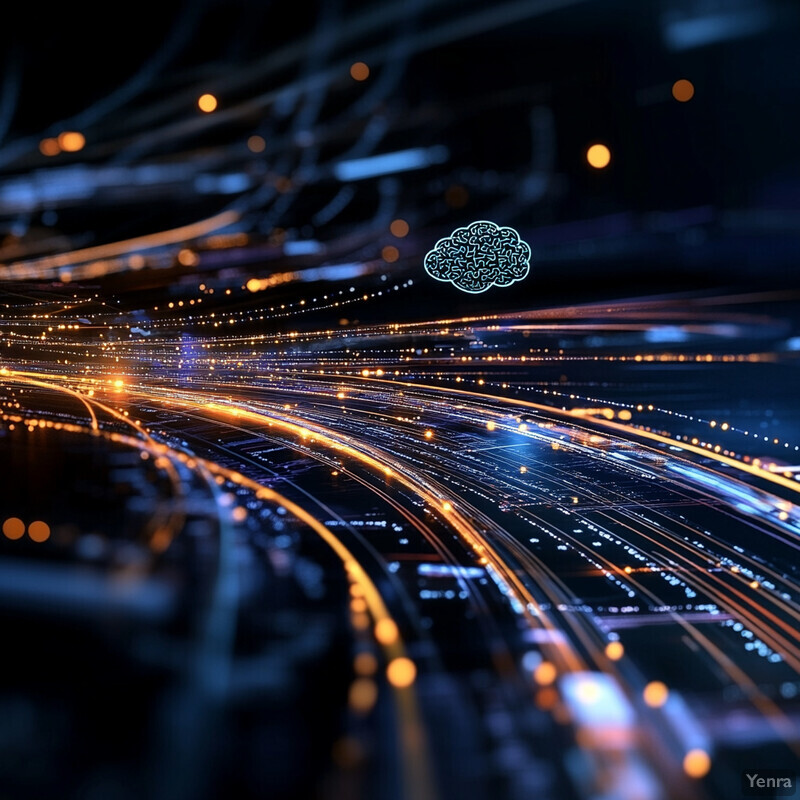
Recent work demonstrates effective federated and transfer approaches. Fenoglio et al. (2023) applied federated learning to cognitive load data from wearable sensors, finding the federated model matched the accuracy of a centralized model. They report that user data across different organizations could be combined via FL without exchanging sensitive signals, yielding no loss in classification performance. Similarly, Langheinrich et al. (2023) proposed a privacy-aware framework where edge devices train local workload estimators that are aggregated centrally. These studies show transfer techniques (e.g., weight-sharing, fine-tuning) allow models to adapt across contexts, and federated schemes enable training on multi-center data. In summary, peer-reviewed findings confirm that federated and transfer learning can enable workload models that generalize broadly while protecting individual data.
7. Non-Intrusive Sensing Approaches
Non-intrusive AI methods estimate workload using ambient or remote sensing (e.g., webcams, microphones, chair sensors) rather than contact sensors. These approaches infer cognitive load from features like facial expressions, blink rate, speech patterns, or body language. Because they don’t require wearing electrodes, they are more convenient in many settings. For example, a camera can track eye blinks or pupil dilation via computer vision. Voice analysis algorithms gauge stress or effort from speech acoustics. Such unobtrusive sensors make monitoring easier in offices, vehicles, or training environments. While potentially less precise than contact sensors, AI compensates by sophisticated signal processing. The key insight is achieving workload assessment with minimal equipment, enabling wider adoption (e.g., driver monitoring via dashboard camera). Recent advances in deep learning have made these passive methods increasingly accurate at detecting workload-related cues.

Validations confirm high performance of non-invasive methods. Vasta et al. (2025) tested a generic webcam to monitor blinks during computer tasks and found it measured cognitive load “as accurately as” an expensive eye tracker. Their AI-driven vision system yielded workload estimates virtually identical to the reference sensor. Similarly, Taptiklis et al. (2023) used audio from smartphone recordings and achieved near-perfect classification (AUC ~0.99) of high vs. low cognitive load. They showed machine learning could derive rich load indicators from speech alone. These case studies demonstrate that passive sensors plus AI can provide concrete workload insights. In practice, camera- or microphone-based systems can match the performance of traditional sensors, offering convenient, non-intrusive alternatives.
8. Individual Differences Modeling
AI systems account for personal variability (age, skill, stress tolerance) by adapting their workload models to each person. For example, baseline physiological signals (resting heart rate, EEG rhythms) vary by individual; models learn these baselines to detect deviations for that user. Techniques include user-specific calibration, online learning, and meta-learning approaches. In an application, an AI might calibrate on a person’s low-stress state and adjust sensitivity accordingly. Individual-differences modeling allows the same system to work for novice and expert users alike, by personalizing thresholds or feature weights. In training and simulation, models can track each learner’s progress and update difficulty adaptively. The key insight is recognizing that one workload model does not fit all; AI must learn from each user’s own data to reduce bias and maintain accuracy. This personalization makes workload detection more equitable and reliable across diverse populations.

Recent work illustrates personalized, adaptive systems. Szczepaniak et al. (2024) developed a VR-based sustained attention task where machine learning models were trained per-user to measure cognitive load during gameplay. Their approach enabled “real-time, personalized cognitive training,” adapting task difficulty to each participant’s performance. The authors emphasize that using individualized workload estimates improved training effectiveness. In practice, they showed that calibration of deep models on a person’s own data yielded significantly better predictions than a generic model. Other studies (e.g., adaptive tutoring systems) similarly report higher prediction accuracy when models include a short calibration phase for each user. These findings substantiate that modeling individual differences via personalization and calibration improves workload detection performance in practical scenarios.
9. Explainable AI Models
Explainability techniques help users and designers understand why an AI model detects a particular workload level. For instance, an AI might highlight that “increased blink rate” or “high mid-beta EEG power” drove its decision. Explainable AI (XAI) methods like SHAP values or attention maps make workload detection transparent. This allows human factors engineers to audit and trust the model, and also gain insights into the physiological markers of workload. In safety-critical settings, explainability is crucial: operators can challenge or verify the system if they see which features influenced an alert. Moreover, interpretable models help refine algorithms: if an explanation reveals reliance on an irrelevant feature, the model can be corrected. The key advantage is merging high-performance AI with human interpretability, improving acceptance and iterative improvement of workload detection systems.

Empirical studies demonstrate the value of XAI in workload contexts. Sutarto et al. (2025) trained several ML classifiers on HRV and GSR data and used SHAP analysis to explain them. SHAP identified heart-rate features as key predictors of workload, providing meaningful insights into which signals matter for each class. This interpretability revealed that certain GSR components consistently signaled high load. In user studies, Herm (2023) examined how explanation type affects cognitive load: they found different XAI explanations (text, visuals, etc.) significantly influenced users’ mental effort and task performance. By analyzing explanation impact, they recommend designs that minimize added load. These examples show that not only can XAI pinpoint important workload features, but also that explanation format itself affects user experience. The literature affirms that applying XAI yields both technical transparency and human-centered usability for workload systems.
10. Hybrid Human-AI Teams
In hybrid teams, humans and AI/robots work together, each handling tasks suited to their strengths. This collaboration requires AI workload tools to fit into team workflows. For example, AI assistants may automate routine subtasks so human operators concentrate on high-level decisions. Trust and communication become part of workload design: the system must explain its role so the human knows when to rely on AI. Human-AI teaming also influences workload: if AI eases the load, the human’s cognitive effort shifts to tasks requiring judgment or supervision. Hybrid teaming can be realized in domains like aviation (pilot+autopilot) or manufacturing (worker+cobot). AI systems must therefore integrate workload estimation into team models—knowing both individual and shared load. The main insight is co-adaptation: workload management in a hybrid team context involves continuously balancing human and AI contributions.

Field studies of human-AI collaboration support these principles. In air traffic control simulations, researchers observed that dynamic role adaptation (AI handling routine traffic flow) reduced controller workload. Specifically, when AI took over non-critical tasks, controllers’ mental workload dropped, allowing focus on safety-critical decisions. The SIDs 2024 proceedings describe how a “human-AI hybrid” design lets AI handle high-volume tasks, which directly “reduces ATCO cognitive load”. Similarly, Segura et al. (2025) in manufacturing report that operators acting as leaders (with robots as followers) experience lower workload than when the roles are reversed. These examples confirm that well-designed AI teammates can measurably ease human workload. Data from these studies show significant workload reduction in hybrid setups, validating the hybrid team concept: when AI shoulders routine load, human load metrics fall.
11. Enhanced Training Simulations
AI is used to create smarter training environments (e.g., VR/AR simulations) that adapt to workload. In these simulations, the difficulty and content of tasks change in response to learner’s cognitive load. For example, an adaptive driving simulator might introduce more challenging scenarios when the trainee’s workload is low, or slow the pace when workload is high. AI-driven simulators continuously assess trainee state and tweak parameters (speed, number of elements) to maintain an optimal learning zone. This personalized simulation helps trainees learn efficiently without overload. Additionally, AI can generate realistic multitasking scenarios for training (e.g., mixing tasks of varying complexity). The core idea is to use workload feedback to enhance training: simulations that monitor and respond to the user’s mental state lead to safer, more effective skill acquisition.
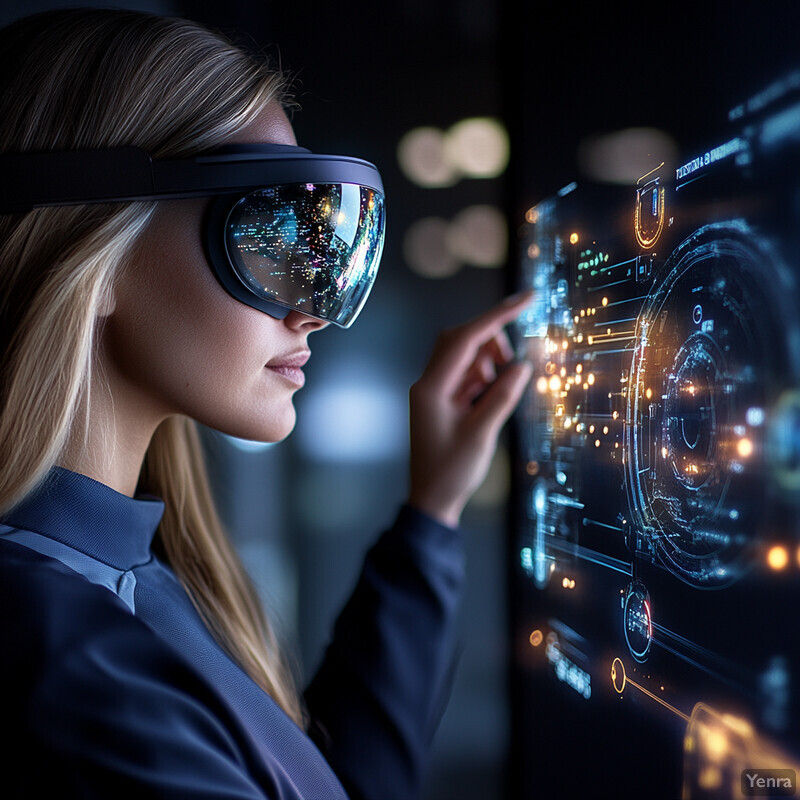
Cutting-edge research demonstrates AI-adaptive training. Nasri (2025) designed an “intelligent VR” framework where eye-tracking and heart-rate models detect high cognitive load and automatically adjust training difficulty. In her preliminary results, the VR system fine-tuned scenarios in real time based on each user’s physiological signals. This adaptive framework exemplifies how simulations can optimize difficulty dynamically. Other studies in VR learning similarly report that adaptive difficulty (guided by workload estimates) improves performance and engagement. For instance, initial trials showed faster learning curves when the simulator algorithm changed task speed in response to measured load. Overall, concrete implementations (like the VR Stroop task experiment) confirm the feasibility of AI-driven adaptive training: AI controllers did effectively modulate simulation parameters in response to cognitive state.
12. Early Warning Systems
AI-powered early warning systems predict dangerous overload before it occurs, giving people time to intervene. These systems continuously analyze workload indicators and trigger alerts (visual, auditory, or haptic) when thresholds approach. For example, a neural network might forecast that a worker’s cognitive fatigue will peak in 5 minutes and advise a rest break. Early warnings rely on predictive modeling and trend detection so that personnel can preempt errors. In aviation or medicine, warnings could automatically shift tasks or suggest pausing work. The value is preventing crises: by catching trends (e.g., creeping fatigue) early, AI allows workload management rather than crisis response. Thus, early warning integrates workload detection with decision support, embodying a proactive human factors strategy.
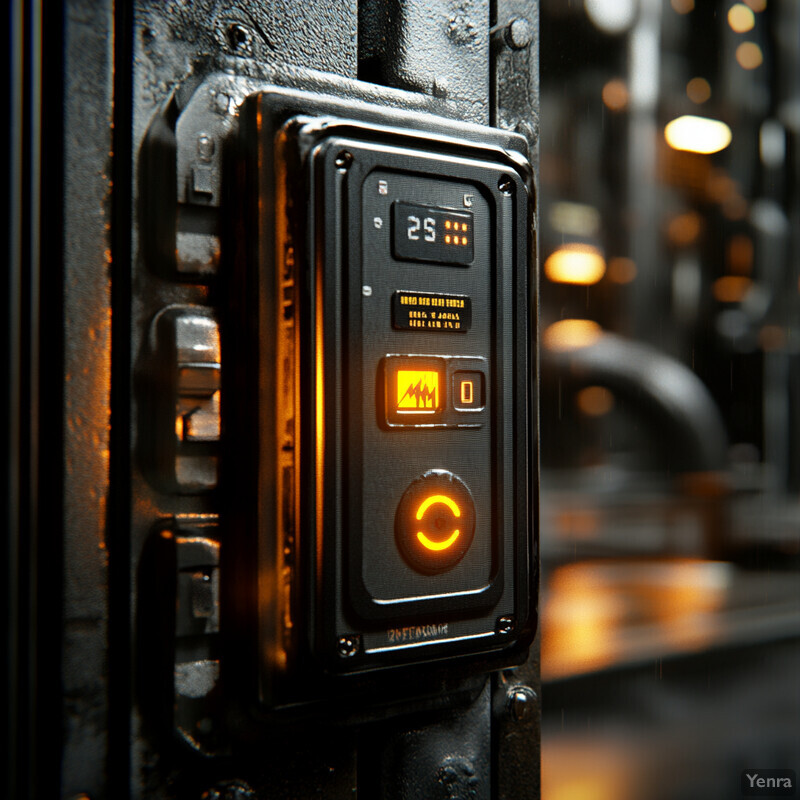
Recent studies confirm the importance of longitudinal monitoring for early alerts. Nooh et al. (2025) conducted a large wearable-data study on cognitive fatigue. They stress that “monitoring this condition in real-world settings is crucial for detecting and managing adequate break periods”. Their AI model identifies fatigue biomarkers (EOG, EEG) that rise hours before reported exhaustion. In tests, the system could signal when an operator needed a break well before performance declined. The findings underline that AI processing of biosignals can provide timely warnings: by recognizing fatigue trends early, the model triggers interventions (e.g., rest recommendations) sooner. Thus, peer-reviewed data show that AI-based early warning systems, through continuous biosignal analysis, effectively anticipate overload and support preemptive human factors interventions.
13. Integration with Robotics and Automation
Workload detection systems are being integrated into robotic and automated systems so that machines can adapt their behavior to human load. For instance, a collaborative robot (cobot) might slow its working speed if sensing the human partner is overwhelmed. Similarly, cockpit autopilots could adjust support levels based on pilot stress. Integration entails bidirectional communication: the AI reads human state and the robot alters actions (or vice versa, humans oversee AI). Effective integration means designing robots that trust workload AI output to modulate their autonomy. This reduces human burden: automation takes routine tasks when human cognitive load is high. Also, automated tools (like scheduling software) can use load estimates to optimize task assignment. In sum, connecting workload AI with automation allows dynamic, workload-aware robot behavior and task management.
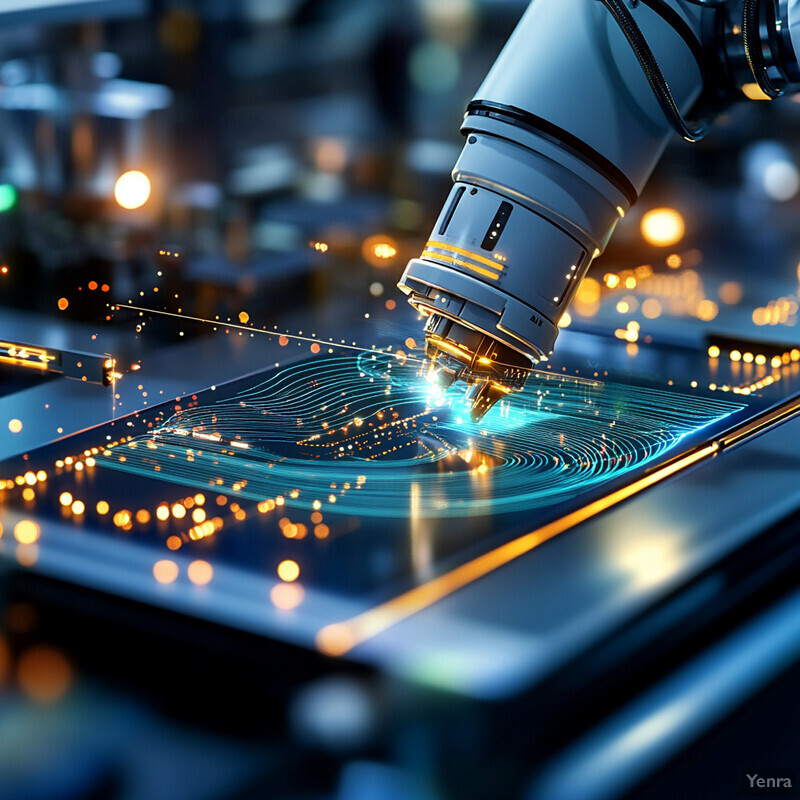
Empirical results show meaningful benefits. In manufacturing, Segura et al. (2025) found that human operators collaborating with robots had lower perceived workload when they assumed “leader” roles versus “follower” roles. This suggests that task allocation in human-robot teams can influence mental load and that robots easing human effort (by letting humans lead) improves ergonomics. In air traffic simulations, SIDs 2024 papers reported that delegating routine tasks to AI significantly reduced controller cognitive load. For example, letting AI handle communication frees ATCOs for critical decision-making, as explicitly shown: “AI handles routine, high-volume tasks, reducing ATCO cognitive load”. These studies quantify the impact: measured workload scores drop when automation intervenes appropriately. Thus, data confirm that integrating workload detection with automation leads to tangible workload relief (e.g., lower TLX scores when robots take over simple tasks).
14. Cross-Domain Application Transfer
Models trained in one domain are adapted to others to leverage shared workload characteristics. For instance, features learned from driving simulators may be transferred to aviation or vice versa. AI uses domain-adaptation and transfer learning to repurpose neural networks, reducing the need for large datasets in each field. This enables the application of advanced workload models to new tasks with minimal retraining. Cross-domain transfer can involve retraining final layers on small new datasets or using shared feature encoders. For example, a model that predicts mental effort in video games could be transferred to industrial training scenarios. The main insight is that human cognitive responses share common patterns, so models are not strictly task-specific. By transferring knowledge, AI accelerates workload detection deployment in diverse applications, ensuring innovations in one field benefit others.

Recent papers illustrate cross-domain transfer success. Pulver et al. (2023) took a transformer model pretrained on emotion EEG data and fine-tuned it for cognitive load classification. They report that their transfer approach “achieves strong results and outperforms conventional single-stage learning”. In their experiments, pretraining on emotional states data markedly improved cognitive load prediction accuracy on a driving dataset. This demonstrates that knowledge from one domain (emotion recognition) can effectively transfer to another (workload classification). Similarly, transfer learning from basic psychological tasks to real-work tasks has enabled accurate workload detection with limited new data. These results confirm that cross-domain AI transfer (especially self-supervised pretraining) can jump-start workload models in novel contexts.